La cuarta pared

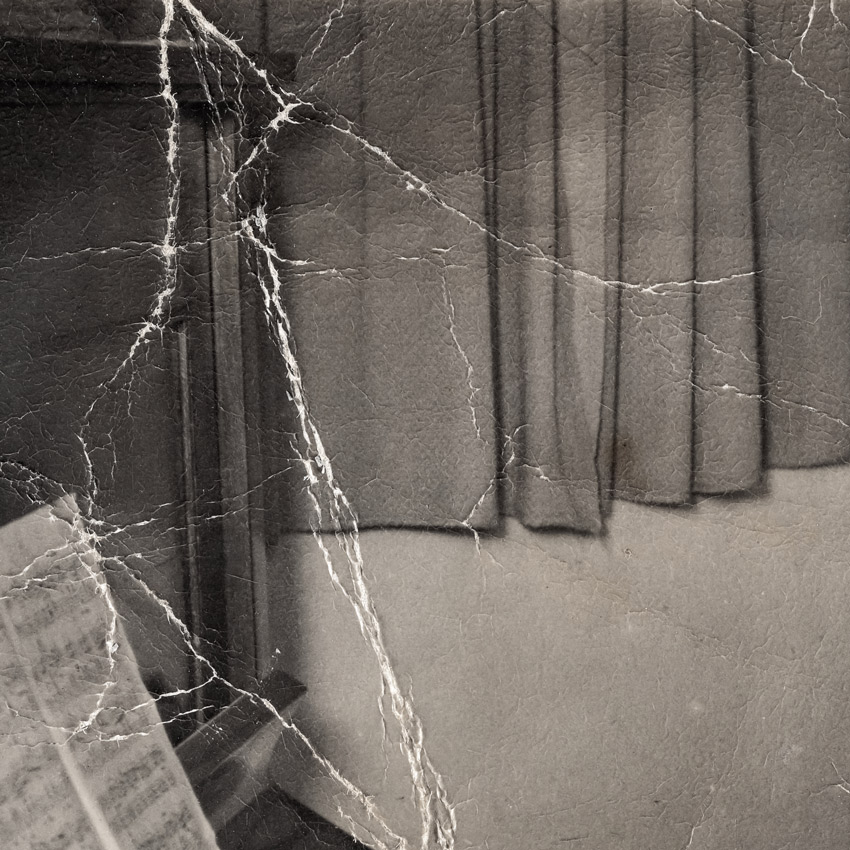

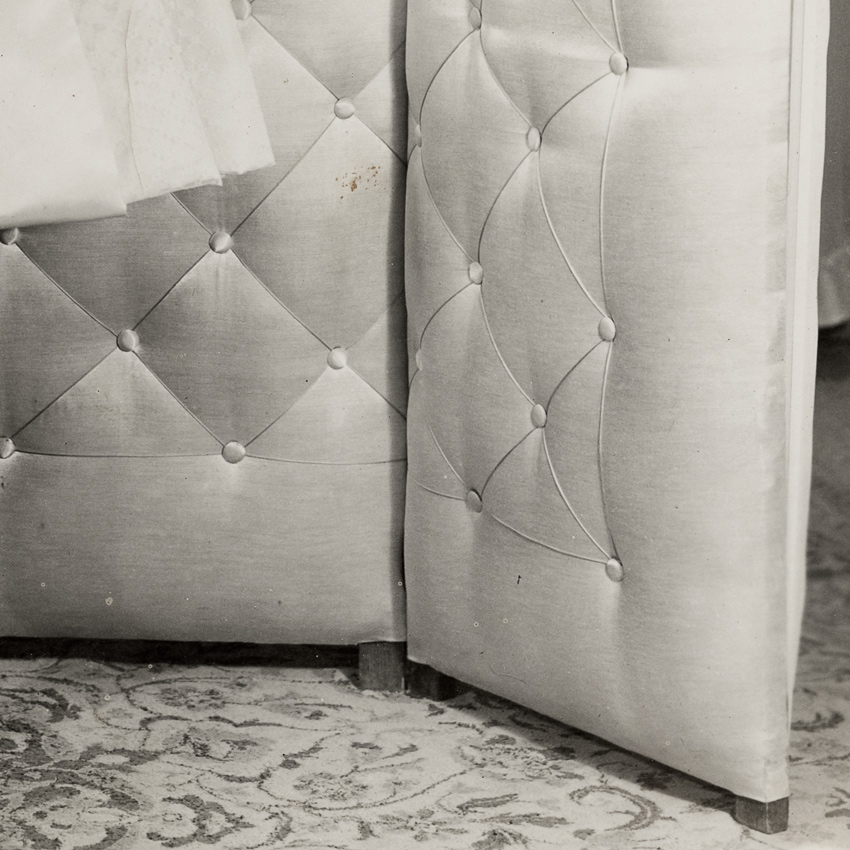




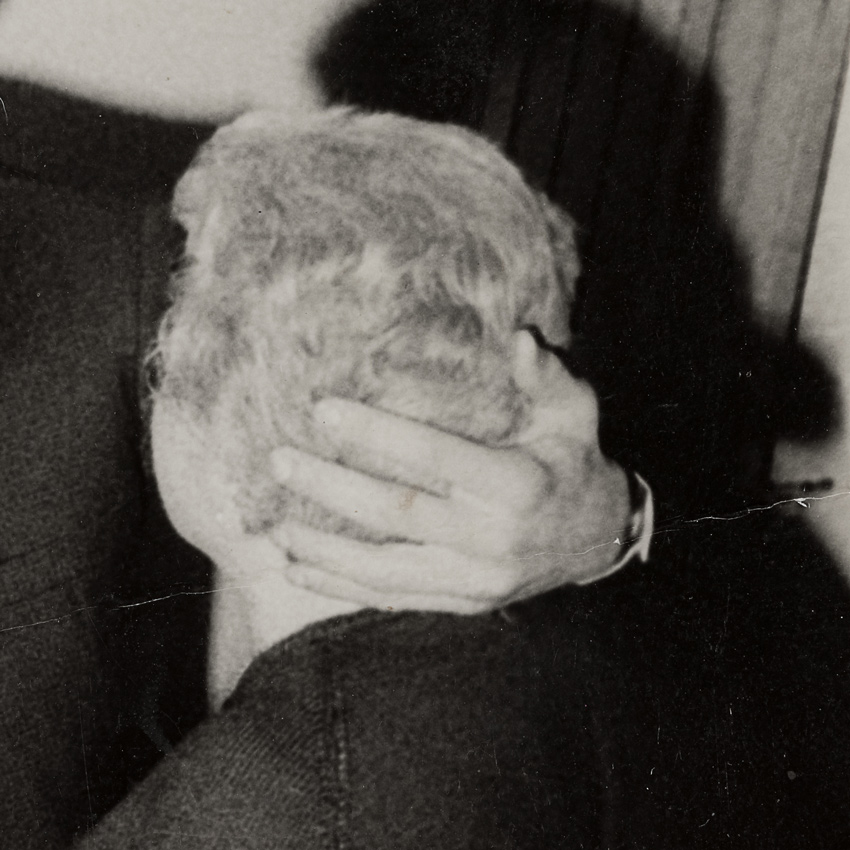



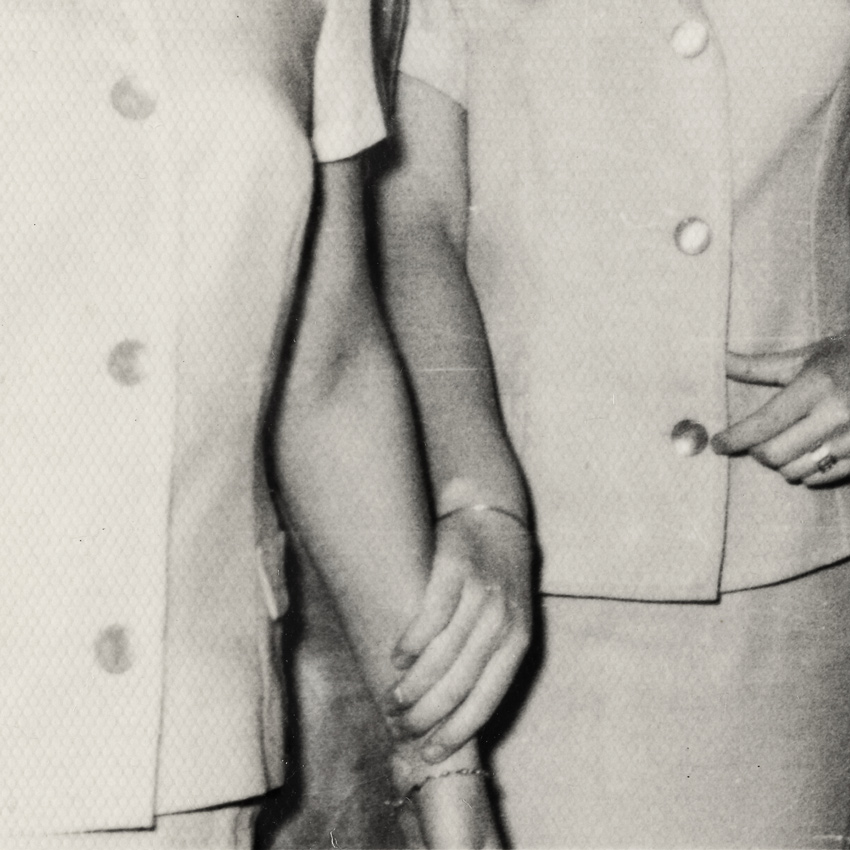

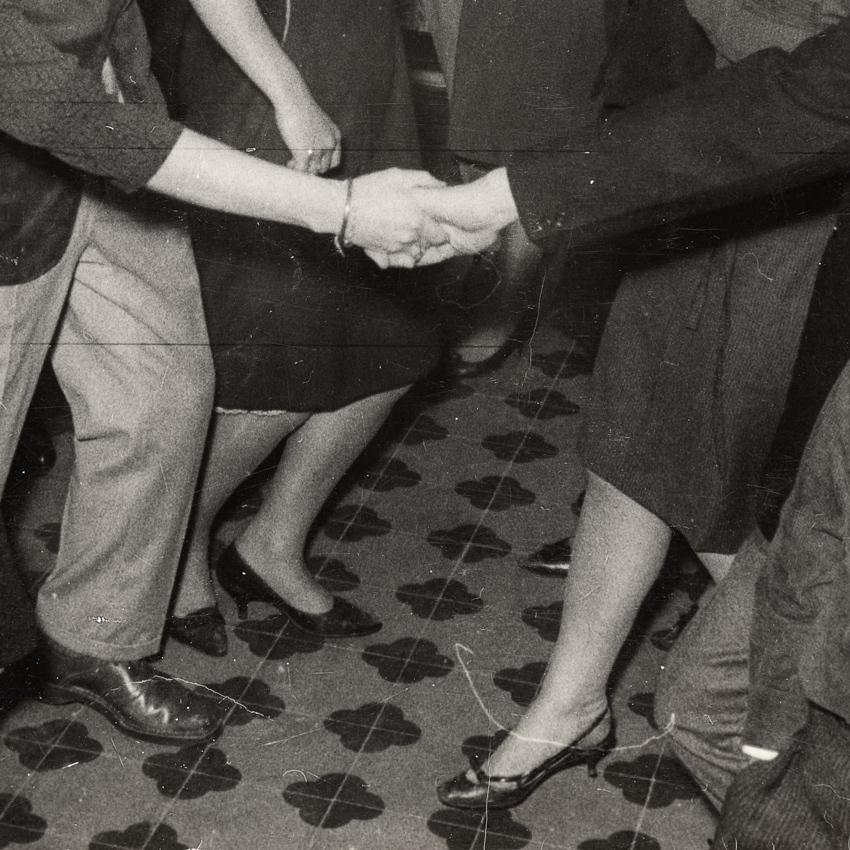


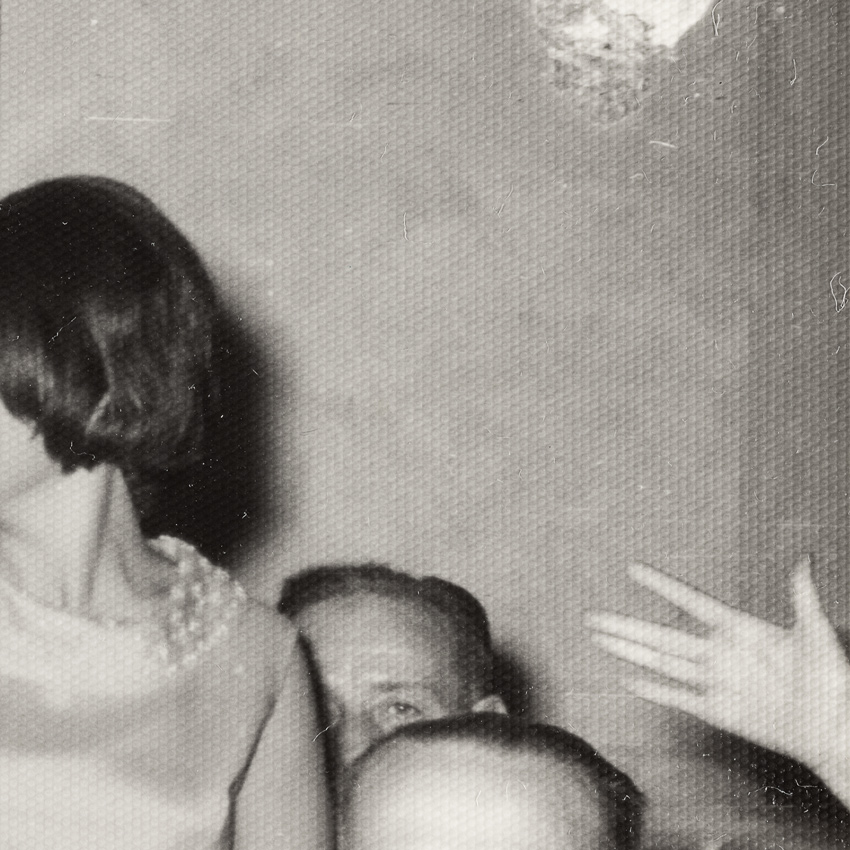

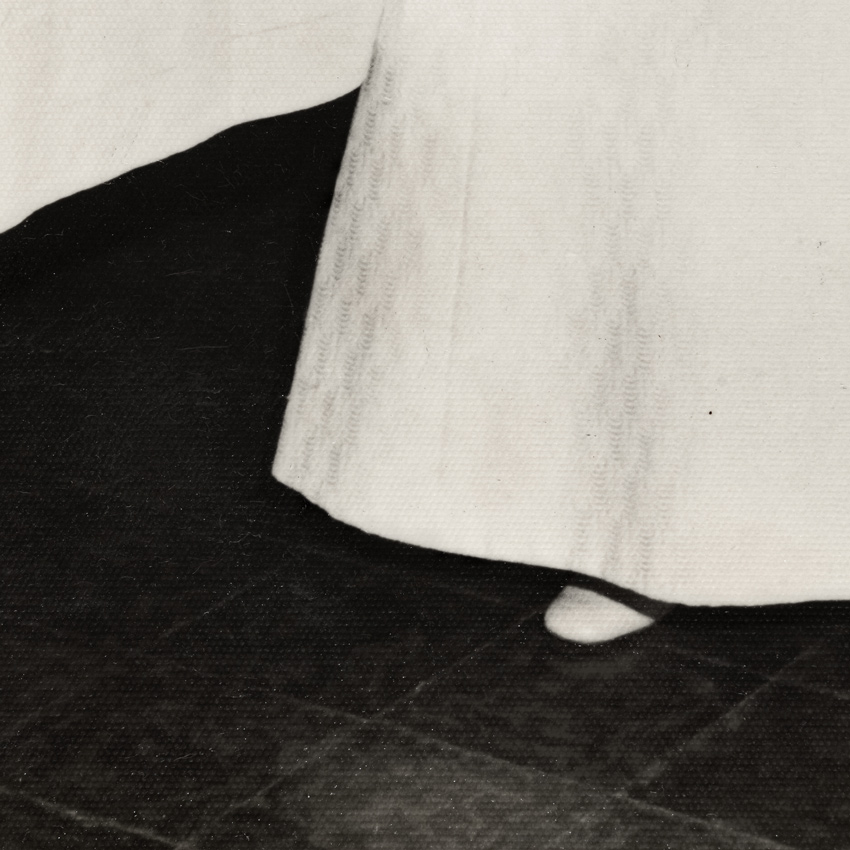


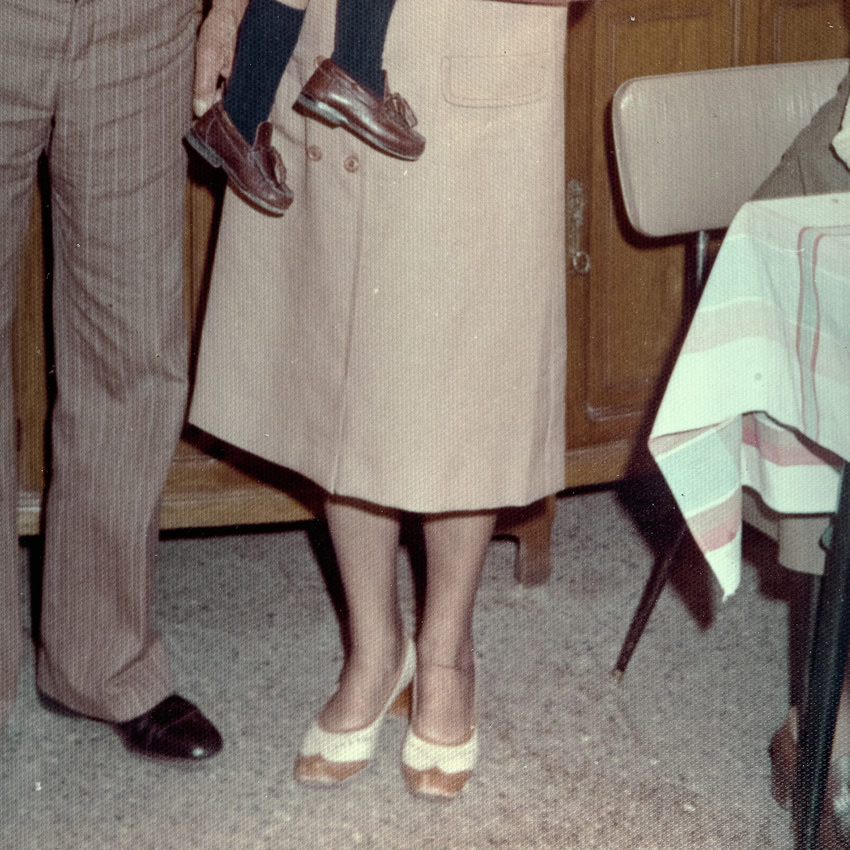
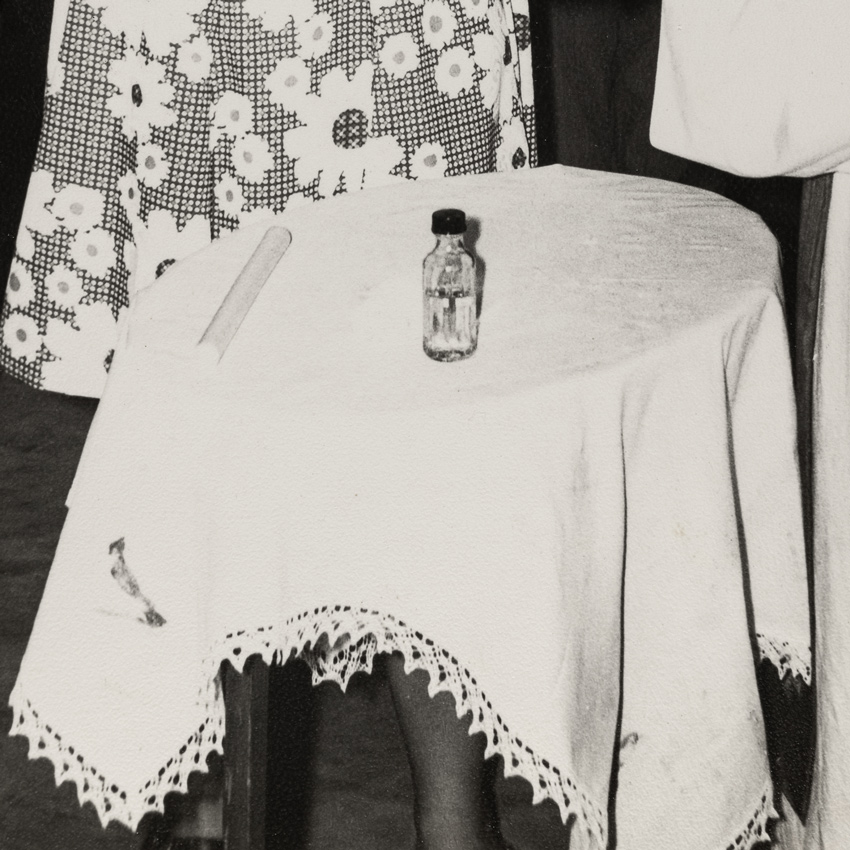

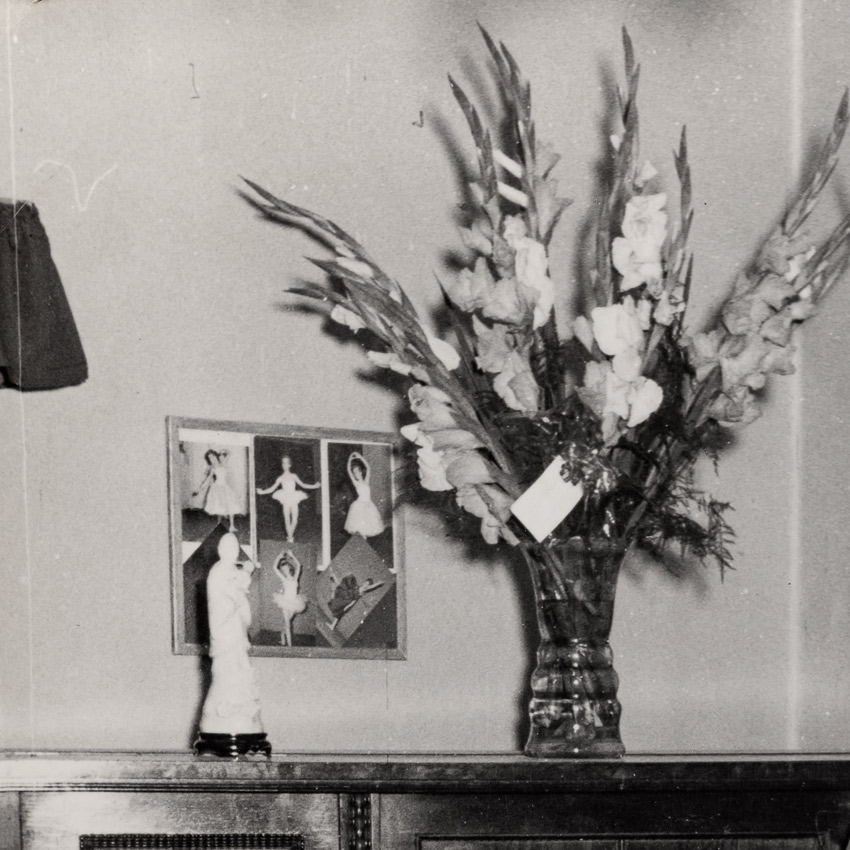
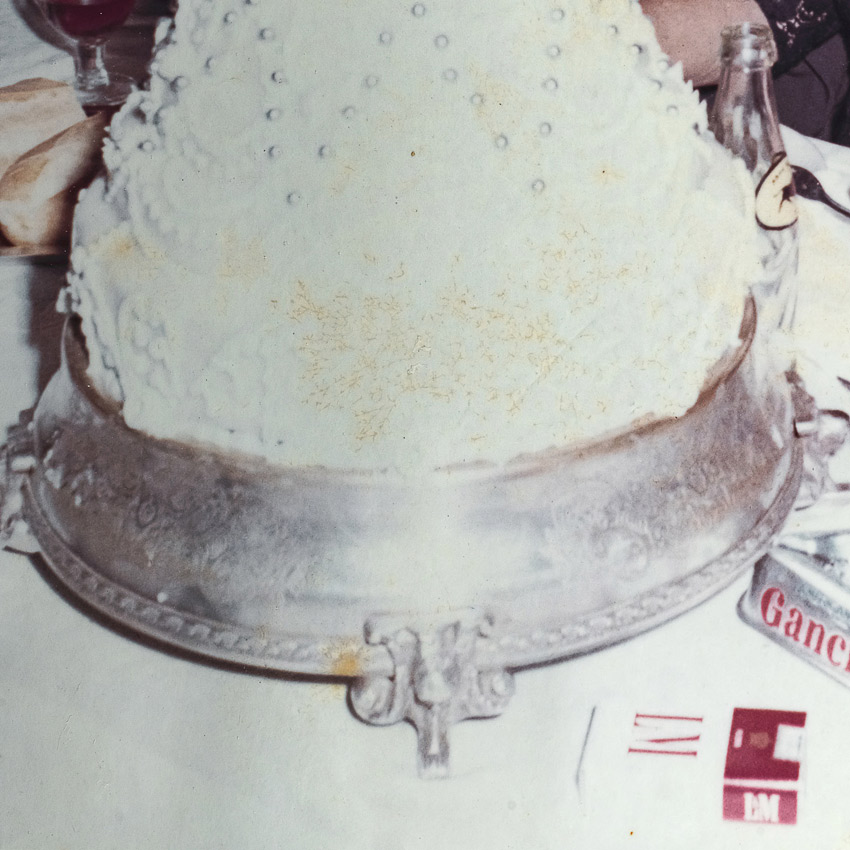
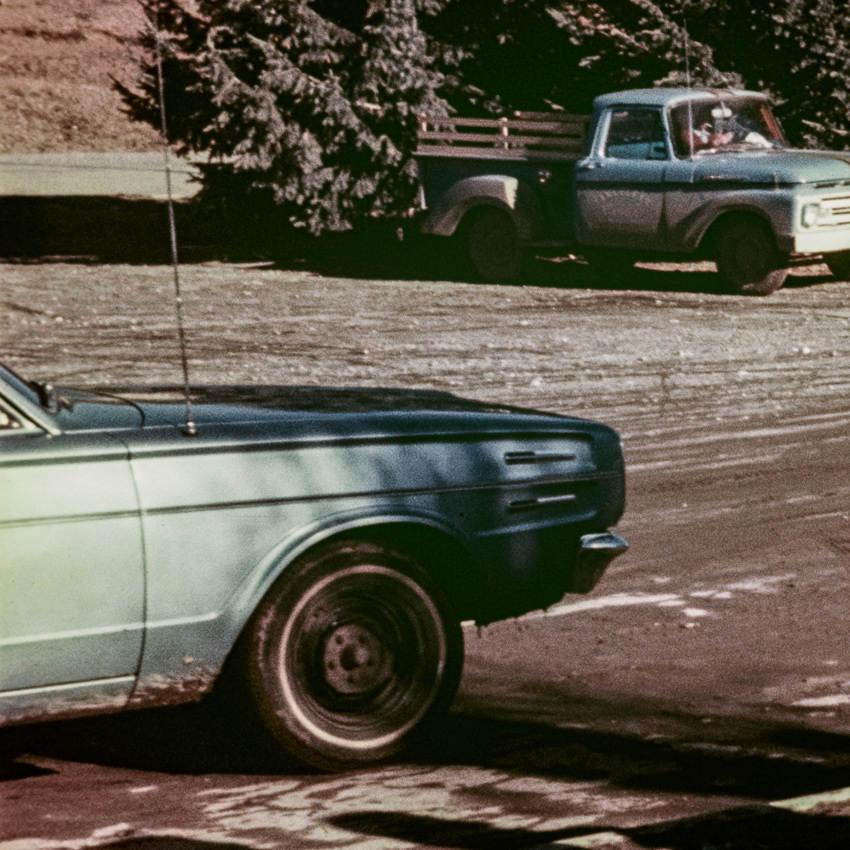
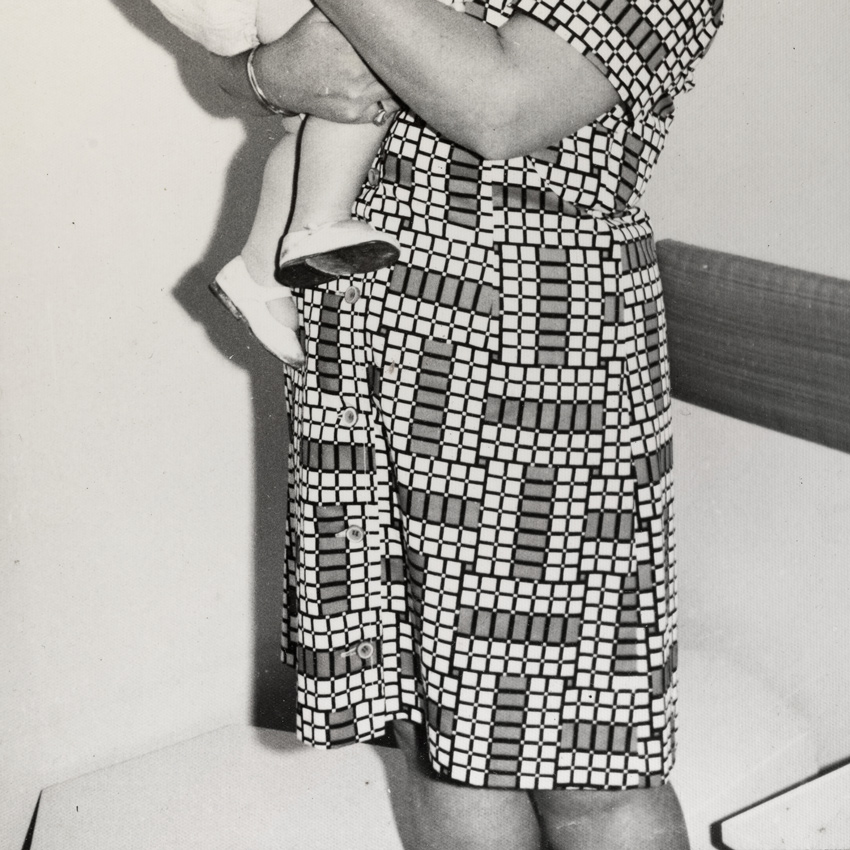



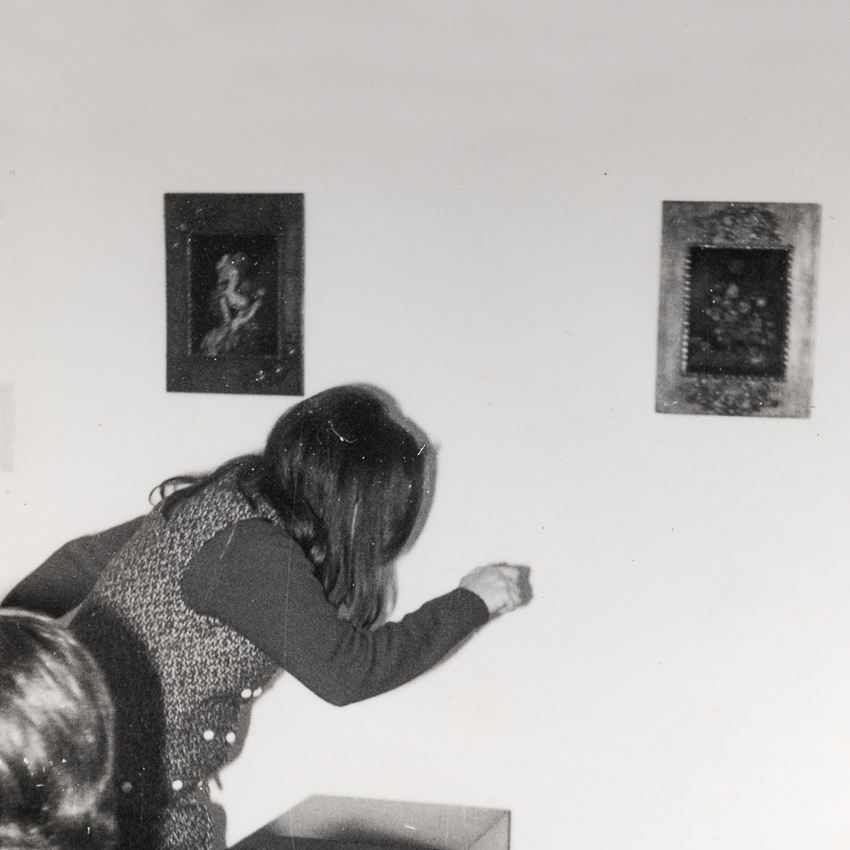
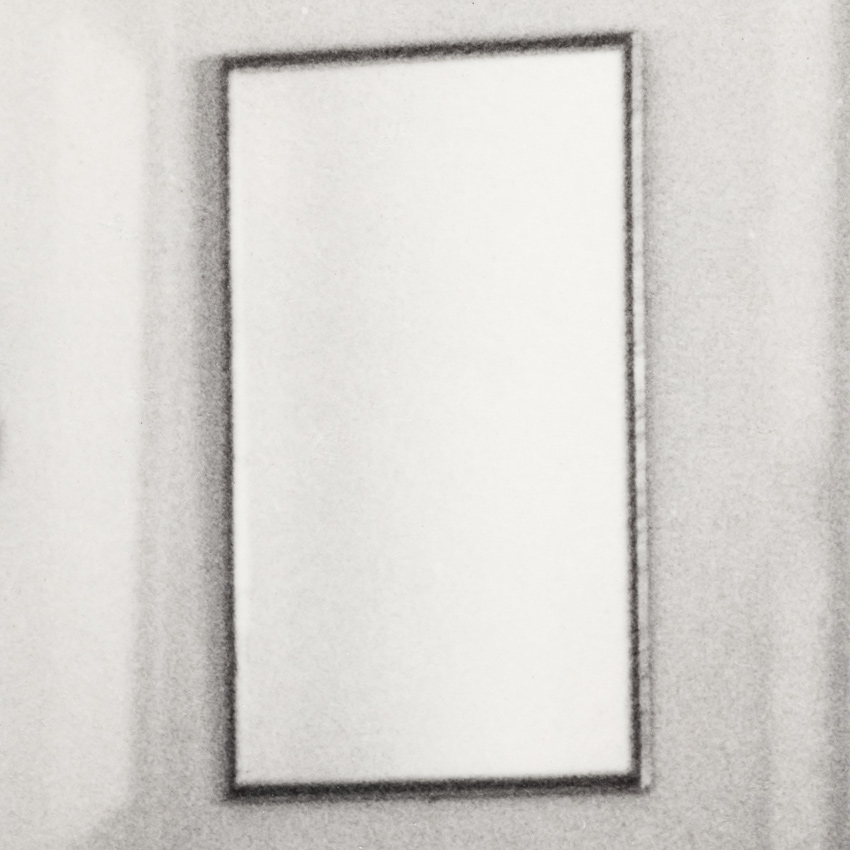
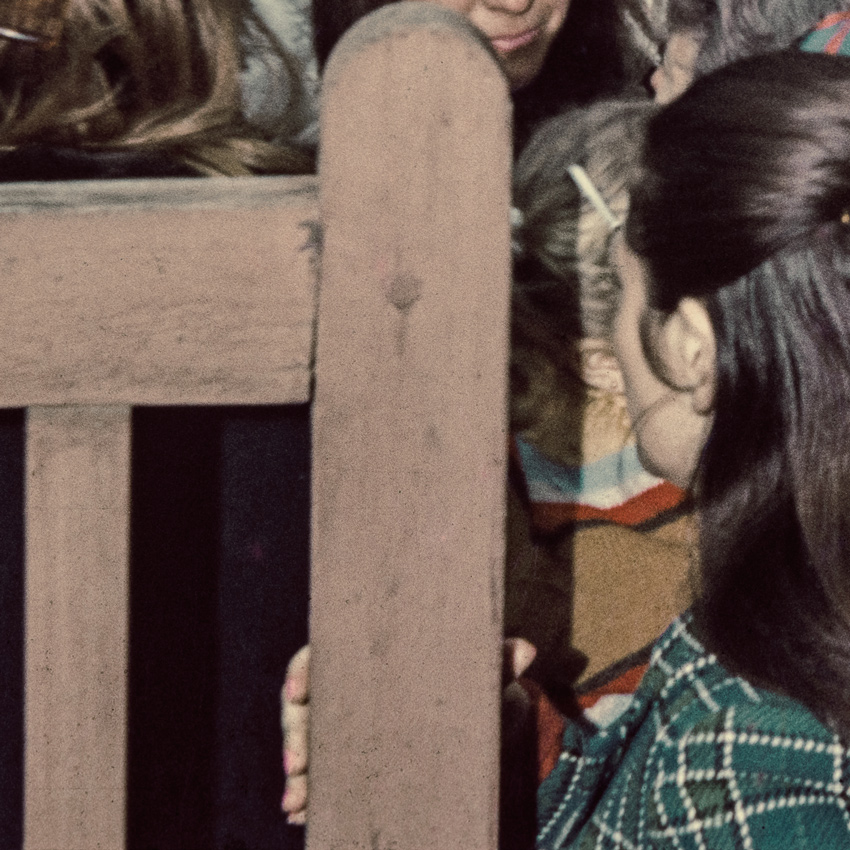


La cuarta pared (The Fourth Wall) obeys a desire to explore the physical dimension of the photographic object and unravel the sociological framework shaped by family snapshots. How do these photographs mediate in our relationships? What part do they play in our bonds, in our understanding of family ties? La cuarta pared is a work that deals with the affections and the sense of belonging, as well as the mechanisms characterising the subjectivity inherent in our perception of images, inviting the viewer on a journey the center of photography.
Considering the mediation of the camera, the process consists in plunging into the photographic print bearing in mind the blind spots of the frame, and from there, in exploring the opening to spaces of reflection that concern both the family sphere – in a gestaltic and relational sense – and the multiple temporalities of the image. As a result, the reflection posed by La cuarta pared moves beyond the family setting and hints at another way of understanding the photographic event that transcends the moment the photographer takes the picture.
Placing the camera 'inside' images when taking photographs enables us to alter the established hierarchy of the aspects that presumably confer meaning, suggesting the possibility of focusing on the interstices of the visible that usually escape our attention. From this new perspective, bodies and objects acquire their own autonomy, as a consequence, the space of the image opens up and becomes a new scenario. Refining our gaze in order to capture the seemingly secondary information reproduced in a photograph. i.e., that which exists on the margins of the referent, dissolves the barrier that perpetuates us in the role of external spectators and absorbs us in its inner being.
If capturing has long been considered the essence of photography, the attention to archive has contributed to a new ontology of the medium as a relational platform that doesn’t express the intentions of a unique participant. From this perspective, the reflection proposed by this project moves beyond the family context and aims at attaining a new understanding of the photographic event, which surpasses the mere capturing. It is in this sense that La cuarta pared sets out to transcend the understanding of the photographic act as a fait accompli, where the margins of the photographic are expanded to a collective meeting with an open ending and not as a ‘done deal’, as a past and closed place.
In parallel, the anachronism that articulates the project is a way of visualizing the multiple temporalities that each image carries, and the potential to upgrade the past, to invoke it and at the same time, reshape it in the present of the observer of the image. Hence, the process in which I have engaged, reframing certain details of the image, has turned out to be a way of getting involved, of feeling I was a part of my family history and re-establishing bonds.
La cuarta pared incites us to relate to the image in its full phenomenological dimension. This work encourages us to expand the way we relate to the family album. From this new space on the boundaries of photography, La cuarta pared invites us to revisit our images, and, by extension, any image with which we are connected from a different perspective, with another proximity, adopting a more participatory and active role.
❒ ❒ ❒
➪ For more information on La cuarta pared, please visit Into the depths of the surface, review by Marta Dahó.